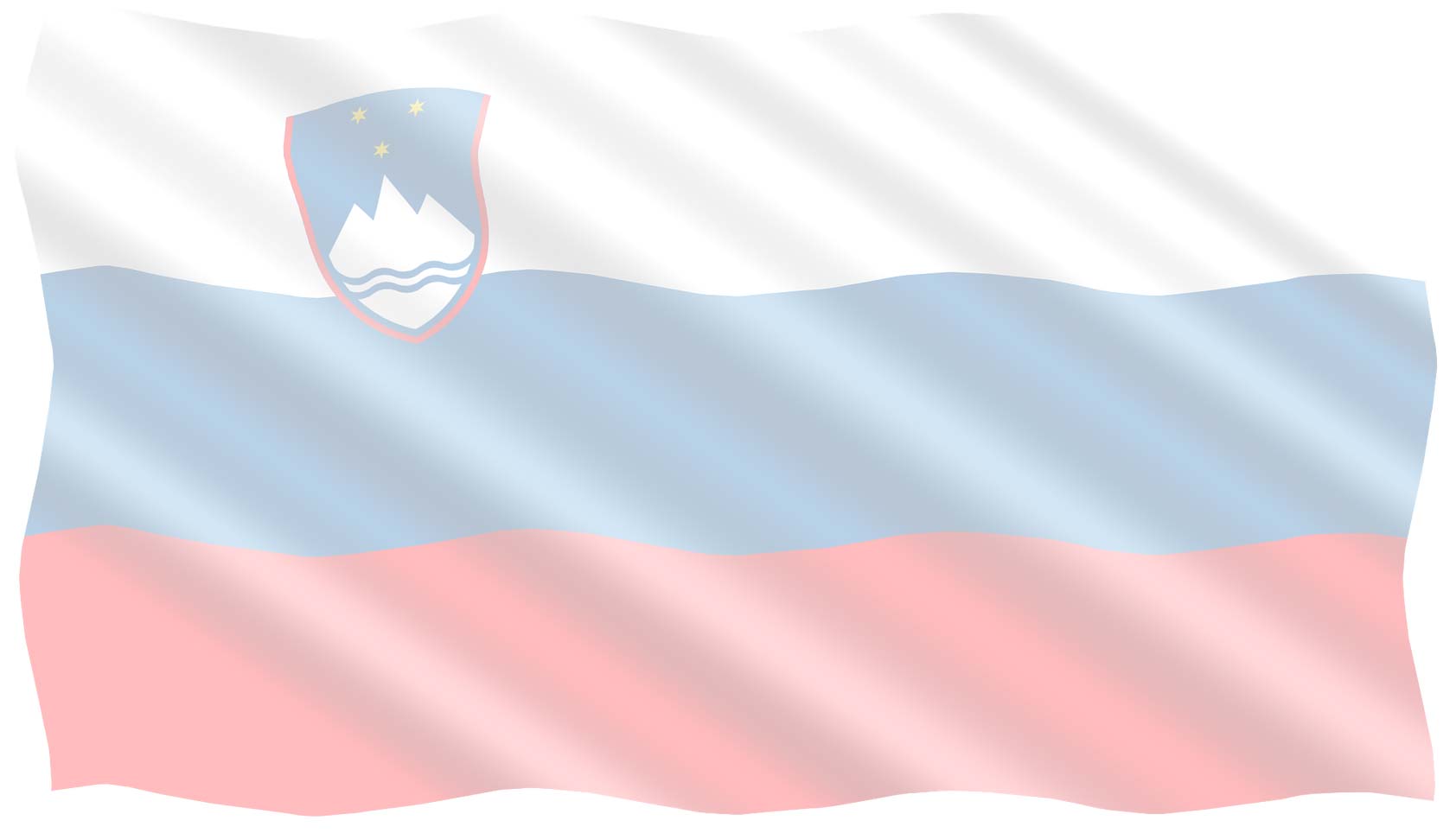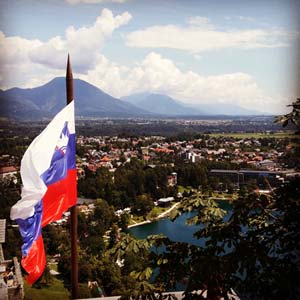
Why Slovenia
 In January 2007 Slovenia became the first member to have both joined the European Union and adopted the Euro since the currency's creation in 1999 and it has been a member of the Organisation for Economic Co-operation & Development since 2010.
In January 2007 Slovenia became the first member to have both joined the European Union and adopted the Euro since the currency's creation in 1999 and it has been a member of the Organisation for Economic Co-operation & Development since 2010.
A country in Central Europe is known for its mountains, ski resorts, and lakes. On Lake Bled, a glacial lake fed by hot springs, the town of Bled contains a church-topped islet and a cliffside medieval castle. In Ljubljana, Slovenia’s capital, baroque facades mix with the 20th-century architecture of native Jože Plečnik, whose iconic Tromostovje (Triple Bridge) spans the tightly curving Ljubljanica River.
The economy of Slovenia is developed and the country enjoys a high level of prosperity and stability as well as above-average GDP per capita by purchasing power parity at 83% of the EU28 average in 2015. Nominal GDP in 2018 is 42.534 billion EUR, nominal GDP per capita (GDP/pc) in 2018 is EUR 21,267. The highest GDP/pc is in central Slovenia, where the capital city Ljubljana is located, which is part of the Western Slovenia statistical region, which has a higher GDP/pc than eastern Slovenia.
The economy of Slovenia is developed and the country enjoys a high level of prosperity and stability as well as above-average GDP per capita by purchasing power parity at 83% of the EU28 average in 2015. Nominal GDP in 2018 is 42.534 billion EUR, nominal GDP per capita (GDP/pc) in 2018 is EUR 21,267. The highest GDP/pc is in central Slovenia, where the capital city Ljubljana is located, which is part of the Western Slovenia statistical region, which has a higher GDP/pc than eastern Slovenia.
Slovenia has a highly educated workforce, well-developed infrastructure, and is situated at a major transport crossroads.
